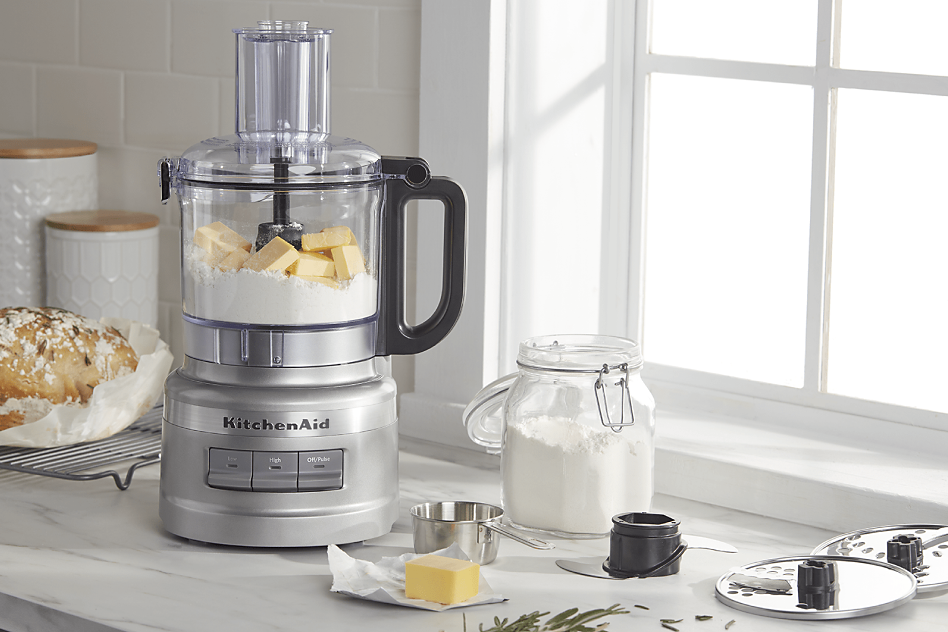
Introduction
When it comes to cutting fat into flour for pastries and baked goods, a pastry blender is a commonly used tool. However, if a pastry blender is not readily available, a food processor can serve as a versatile alternative. In this guide, we will explore the possibility of using a food processor as a pastry blender, examining the benefits, techniques, and considerations involved in achieving the desired texture and results in your dough preparation.

Can you use a food processor as a pastry blender?
I. Understanding the Purpose of a Pastry Blender
-
Cutting Fat into Flour:
- The primary purpose of a pastry blender is to cut cold fat, such as butter or shortening, into flour. This process creates a crumbly texture and distributes the fat evenly throughout the flour, resulting in a tender and flaky dough or pastry crust.
-
Achieving Desired Texture:
- The unique action of a pastry blender efficiently cuts the fat into the flour, creating fine crumbs and achieving the desired texture. This method evenly incorporates the fat without overworking the dough, which can lead to toughness.
II. Benefits of Using a Food Processor
-
Efficient and Quick:
- A food processor can cut the fat into the flour more quickly and efficiently compared to manual methods, making it an excellent time-saving tool. It can handle larger quantities of ingredients and achieve consistent results in a shorter time frame.
-
Ease of Use:
- Operating a food processor requires minimal effort, as the machine does the work for you. Simply add the ingredients and pulse until the desired texture is achieved.
-
Larger Batches:
- If you need to prepare larger batches of dough or pastry crust, a food processor can handle the increased volume more effectively. Its larger capacity allows for efficient blending of ingredients and ensures consistent results throughout.
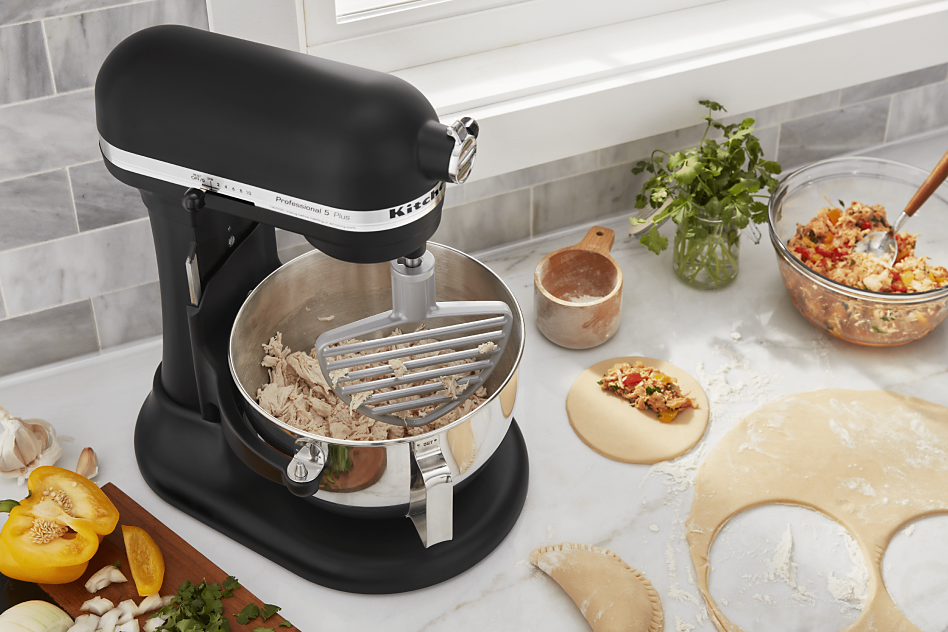
III. Techniques for Using a Food Processor as a Pastry Blender
-
Cold Ingredients:
- Similar to using a pastry blender, it is crucial to work with cold ingredients. Ensure that both the fat and flour are chilled before using the food processor. Cold ingredients help maintain the proper texture and ensure that the fat does not soften prematurely.
-
The Pulse Method:
- To use a food processor effectively as a pastry blender, utilize the pulse function. Add the chilled fat, cut into small cubes, into the food processor bowl along with the flour. Pulse the machine in short bursts, totaling around 8-10 pulses, until the fat is evenly distributed and the desired texture is achieved. Avoid continuous blending to prevent overworking the dough.
-
Pausing and Scraping:
- While pulsing the food processor, pause periodically to scrape down the sides of the bowl using a spatula. This helps ensure that all the ingredients are incorporated evenly and avoids any pockets of unblended fat.
IV. Considerations when Using a Food Processor
-
Potential Overprocessing:
- The speed and power of a food processor can lead to overprocessing if not used with caution. Overblending can cause the fat to melt, resulting in a tougher texture and compromising the desired flakiness. Exercise control and monitor the dough closely while processing to achieve the desired result.
-
Adjusting Ingredients:
- When using a food processor as a pastry blender, you may need to make slight adjustments to the recipe. Since the food processor can distribute the fat more efficiently, you may require slightly less fat to achieve the desired texture. Experiment with your favorite recipes and adjust the ingredients as needed to find the perfect balance.
-
Dough Hydration:
- When using a food processor, keep in mind that the dough may absorb moisture differently compared to traditional methods. The dough may require slightly more liquid to achieve the desired consistency. Add liquid in small increments and monitor the dough’s hydration levels to prevent it from becoming too wet or sticky.
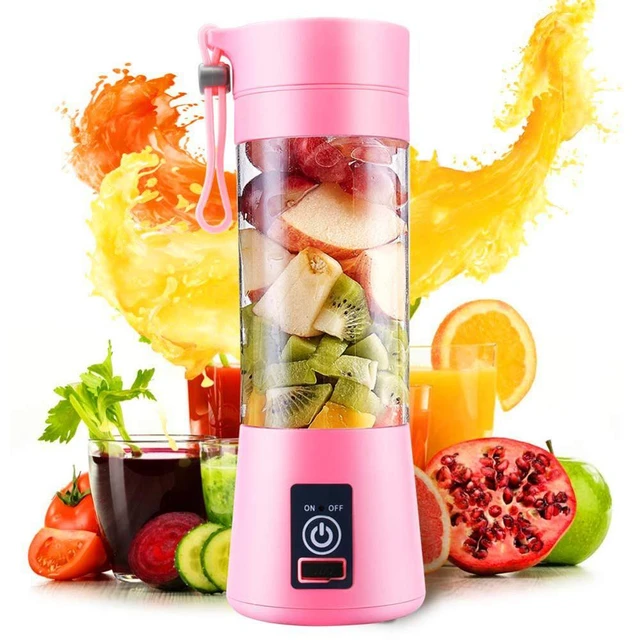
V. Advantages and Limitations of Using a Food Processor
-
Advantages:
- Using a food processor as a pastry blender offers several advantages. It is a versatile and efficient tool that can handle larger quantities, minimize effort, and save time. It is particularly useful for recipes that require cutting large amounts of fat into the flour or when preparing dough in bulk.
-
Limitations:
- While a food processor can be a useful substitute for a pastry blender, it does have limitations. Its powerful motor and blade can cause the ingredients to be overprocessed quickly. Achieving the desired texture may require more vigilance and control, as well as adjustments to ingredient quantities. Additionally, the cleaning process for a food processor can be more involved compared to a pastry blender.
VI. Cleaning and Maintenance
-
Proper Cleaning:
- After using a food processor, disassemble and wash the components thoroughly. Refer to the manufacturer’s instructions for specific guidance on how to clean each part properly. Ensure that all dough or flour residue is removed to prevent it from hardening and causing future issues.
-
Blade Handling:
- Exercise caution when handling the blades of a food processor, as they are sharp and can cause injury. Handle the blades carefully during disassembly, cleaning, and reassembly to avoid any accidents.
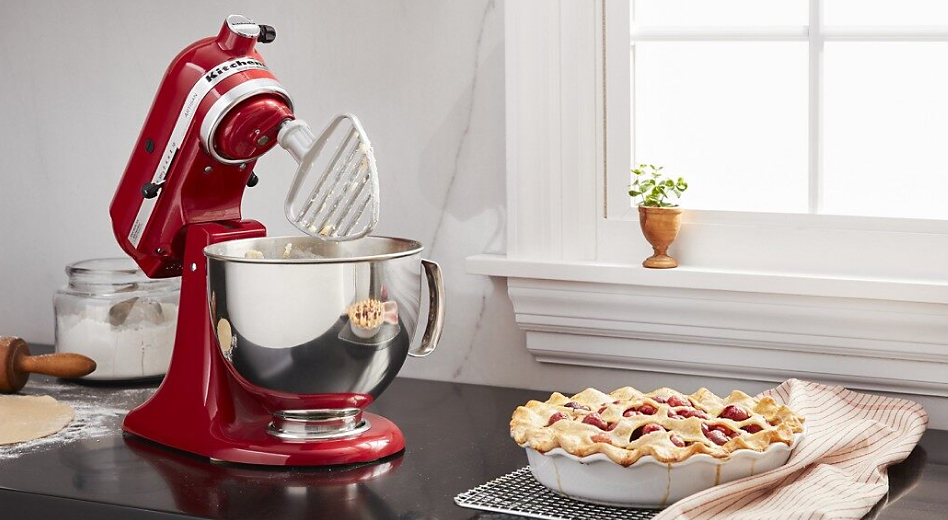
VII. Final Considerations
-
Personal Preference:
- Using a food processor as a pastry blender is a matter of personal preference. Some bakers enjoy the convenience and time-saving benefits of a food processor, while others prefer the tactile engagement of traditional methods. Consider your baking style, available equipment, and desired outcomes when deciding whether to use a food processor as a pastry blender.
-
Experimentation and Adaptation:
- Adjusting to the use of a food processor as a pastry blender may require some experimentation and adaptation. Experiment with different pulse durations, ingredient ratios, and recipe adjustments to find the technique that best suits your preferences and achieves the desired texture.
-
Balancing Texture and Technique:
- Achieving the perfect texture when using a food processor as a pastry blender requires balancing the appropriate pulse duration and technique. Avoid overprocessing the dough and be mindful of ingredient adjustments, as this will help you achieve the desired flakiness and tenderness in your finished baked goods.
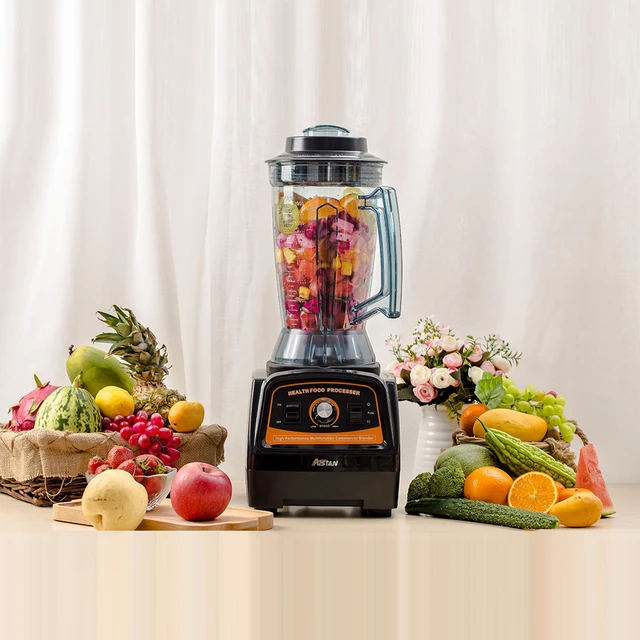
VIII. Conclusion
While a pastry blender is a specialized tool for cutting fat into flour, a food processor can serve as a versatile substitute. By understanding the techniques, benefits, limitations, and considerations involved, you can effectively use a food processor to achieve the desired texture and results in your dough and pastry crusts. Experiment with different pulsing durations and ingredient ratios, adapting recipes as necessary for optimal outcomes.
If a pastry blender is not readily available or you prefer the efficiency and convenience of a food processor, it can be a valuable tool in your baking arsenal. Embrace the versatility and creativity it offers, while adjusting your techniques and maintaining vigilance to achieve the best possible results in your baked goods.